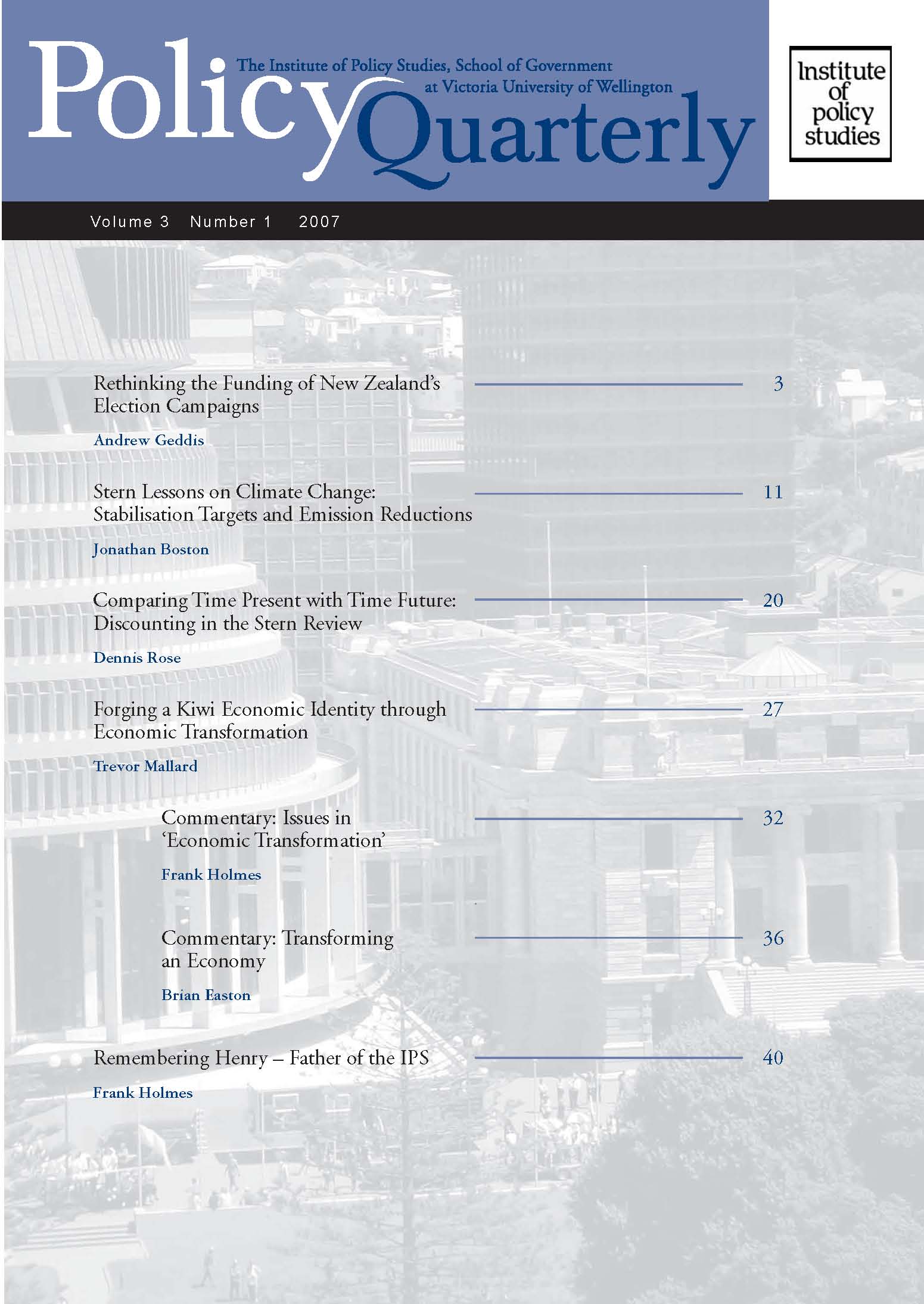Rethinking the funding of New Zealand’s election campaigns
DOI:
https://doi.org/10.26686/pq.v3i1.4215Keywords:
‘third-party’ advertising, Ministry of Justice, supply side controls, electioneering environment, demand side controls, Electoral Act 1993Abstract
The 2005 general election campaign was notable not only for its close-fought nature, but also for a range of deeply concerning, and in some cases undoubtedly unlawful, behaviour by various electoral participants. The Labour Party exceeded the statutory maximum on its ‘election expenses’ by at least $418,603, primarily due to the costs associated with producing and distributing its pledge card to voters. Furthermore, the use of parliamentary funding to pay for this campaign material prompted a post-election review by the auditor-general, which revealed widespread misuse of this source of funds by a range of parties and individual MPs (Auditor-General, 2006). The National Party’s negligence in failing to account for GST when booking election broadcast time meant that it was able to screen some $112,000 more in campaign advertising than the law allowed. Both National and Labour, and to a lesser degree some smaller parties, used anonymous donations and trusts to shield the identity of their major donors, allowing hundreds of thousands of dollars to flow into their campaign coffers from hidden sources.
Downloads
Downloads
Published
Issue
Section
License
Permission: In the interest of promoting debate and wider dissemination, the IGPS encourages use of all or part of the articles appearing in PQ, where there is no element of commercial gain. Appropriate acknowledgement of both author and source should be made in all cases. Please direct requests for permission to reprint articles from this publication to Policy-Quarterly@vuw.ac.nz.



